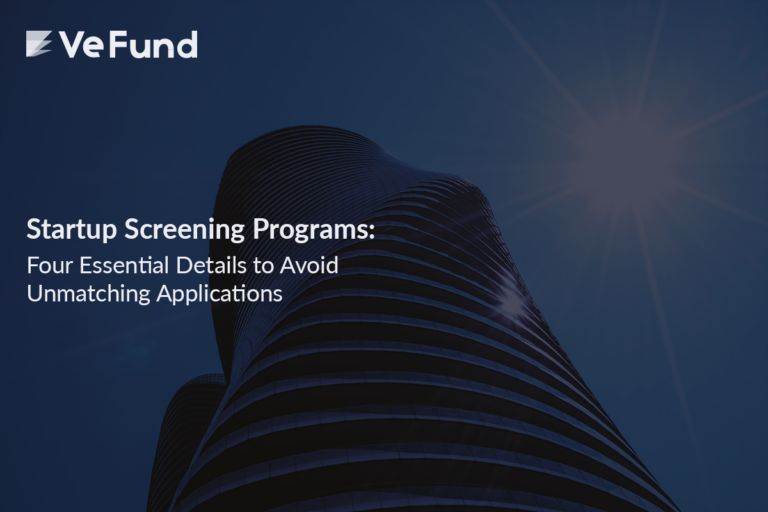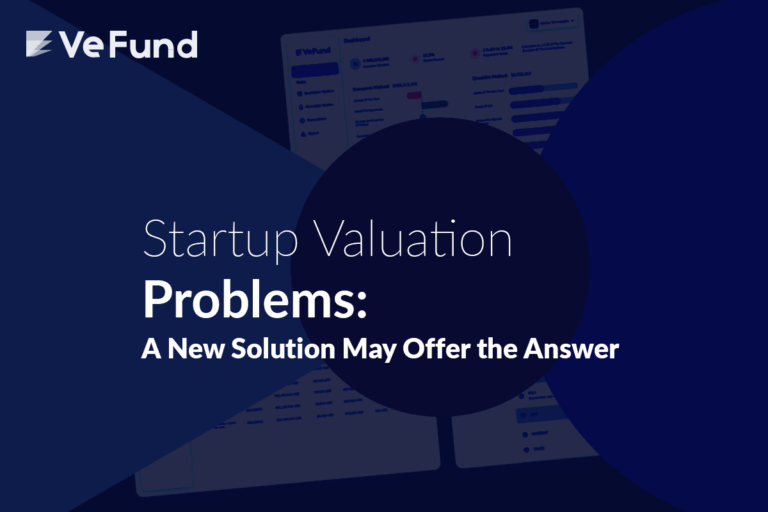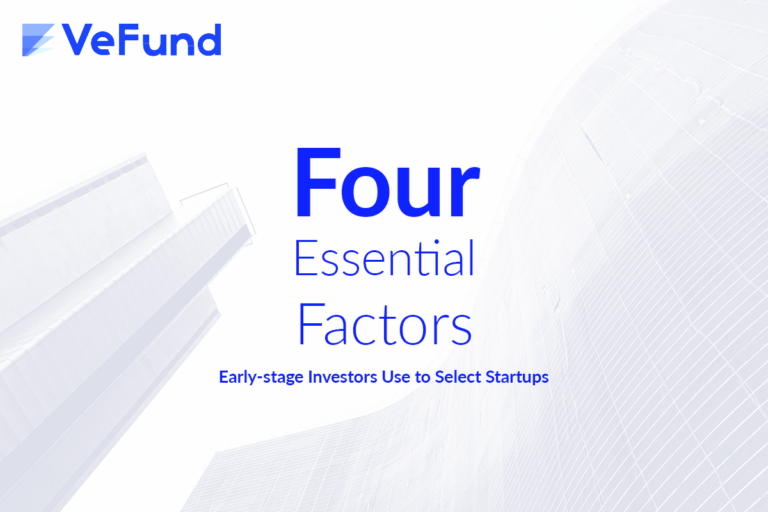Burn Rate: The Most Vital Metric to All Startups
Performance metrics, or KPIs, vary across startups based on the business model, industry, and stage of development. There is one metric that is critical to all early-stage startups and must be taken seriously: the burn rate.
Angel investors and VCs recognize its importance. For startups in their portfolio, investors keep track of the burning rate periodically, watching for early signs of distress.
Burn rate measures the startup’s consumption of its cash reserves. It is relevant to all unprofitable startups, which is the case for the majority of early-stage startups. In the startup world, running out of cash and failing to raise additional capital simply means the startup’s death.
Tracking Burn Rate
The burn rate is recorded periodically, preferably monthly. It is calculated via two formulas:
Gross Burn Rate
The gross burn rate is the operating expenses of the month. This includes rent, subscriptions, salaries, marketing, and additional operational costs.
Gross Burn Rate = change in cash / time period
If a company had $1m in the bank, and after a month ended up with $900k, this means its gross burn rate is ($1m – $900k)/ 1 month = $100k.
Net Burn Rate
Net burn rate accounts for the cash inflows, aka gross profit, to the company. If the company is generating revenue, then it won’t run out of cash until it consumes the initial investment plus the revenue generated. This is why revenue-generating companies are advised to track the net burn rate too.
Net Burn Rate = (Monthly Revenue – Cost of Goods Sold [CoGS]) – Gross Burn Rate
Back to our previous example, we know the company has a gross burn rate equal to $100k. This time we have additional good news: the company made a $12k revenue at a CoGS of $2k. Now the net burn rate would be ($12k – $2k) – $100k = -$90k. Thus the company is actually losing $90k instead of $100k per month, meaning it will survive for a longer time than estimated by the gross burn rate.
Runway
The runway is a metric that goes along with the burn rate. It calculates how much time is left for the company before running out of cash.
Runway = Capital / Burn Rate
As an example, a company that has a $1m investment and loses $90k in net burn rate would run out of cash after 11 months ($1m / $90k).
Generally, it is advised that startups keep their runway between 6 to 12 months at any given point. When an unprofitable startup enters this range, it should start fundraising for the next financial round.
Additional Resources
If you have a startup portfolio and are researching which metrics to track, check out our article on how to decide which KPIs to track.
Join VeFund and automate metrics tracking and periodic communication with your founders. Build report templates and set reminders to all your portfolio startups with us from here.







